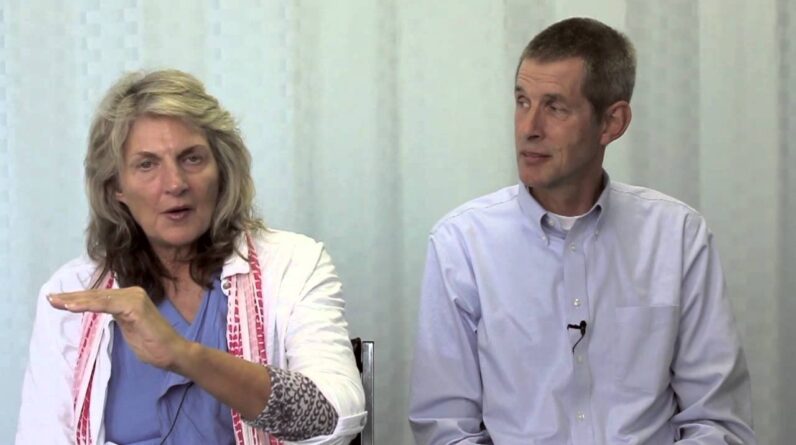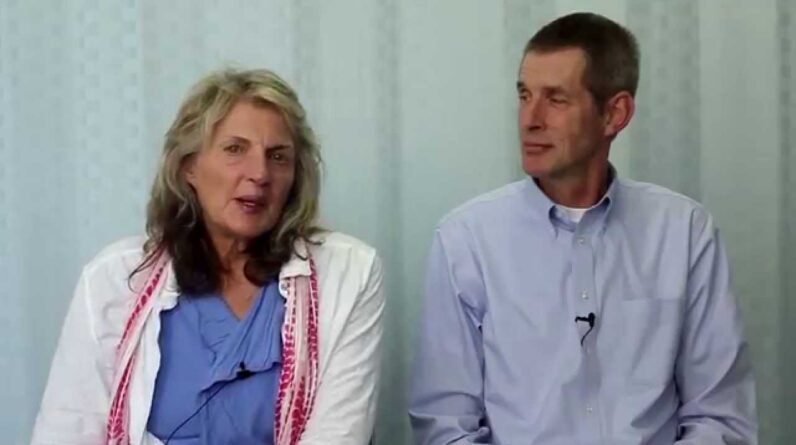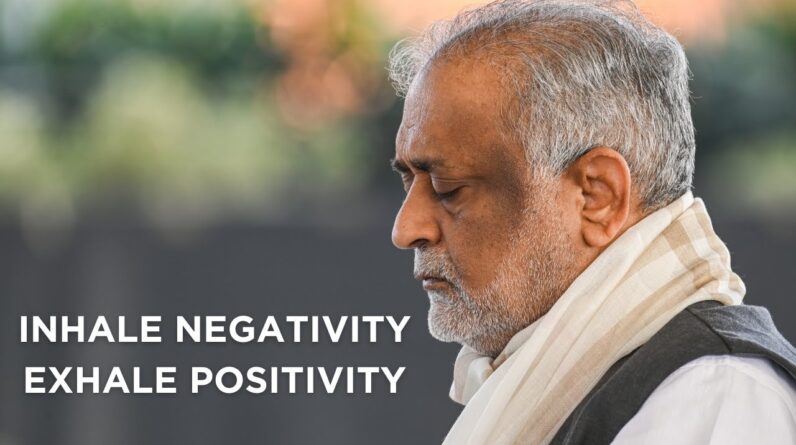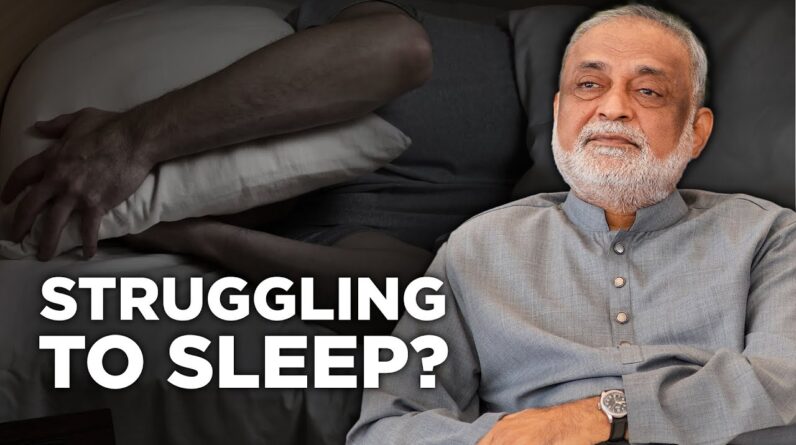
Exploring the Principles of Natural Movement: Insights into Human Mobility
Understanding the Principles of Natural Movement Introduction: In this blog post, we will explore the principles of natural movement and how they relate to the human body. These principles were derived from observations of various animals and their unique ways of locomotion. We will also discuss the concept of a gear train and its role in facilitating movement. By understanding these principles, we can gain insights into how our bodies are designed to move and function. The Importance of Principles in Movement: When studying movement techniques, it is essential to consider the underlying principles that govern them. In the case of Bing Can, a martial arts system, the practitioner must focus on principles rather than specific techniques.
Understanding the Principles of Natural Movement Introduction
Unlocking Potential: Movement-Oriented Techniques for Individuals with Learning Disabilities
This approach is particularly beneficial for individuals with learning disabilities, such as dyslexia, as it allows them to grasp the essence of the system without getting overwhelmed by complex sequences. Shatu: Pressing with the Thumb: Shatu, a term used in Bing Can, means “to press with your thumb” in Japanese. The founder of Bing Can emphasizes that Shatu is not a fixed system but rather a way of pressing that goes beyond conventional methods. By moving and pressing in a specific manner, practitioners can achieve a level of power and strength beyond ordinary techniques. These principles are not limited to Bing Can but can be applied to various forms of movement. Observing Nature for Inspiration: To understand natural movement, it is essential to study nature itself. By observing birds, fish, and other animals, we can identify patterns and techniques that can be applied to human movement.
Understanding the Principles of Natural Movement Introduction
Anthropological Studies and the Gear Train Concept: Understanding Movement Evolution and the Role of Fascia in Dennis Bartram Anma Courses
Anthropological studies also provide valuable insights into the evolution of movement in different species. By combining these observations, we can develop a comprehensive understanding of natural movement principles. The Gear Train Concept: A gear train is a collection of toothed wheels and pinions that transfer rotational energy from one location to another. This concept is commonly used in watchmaking and other mechanical systems. In the human body, the spine can be seen as a gear train, with different parts working together to facilitate movement. The alignment and coordination of these parts are crucial for efficient and effective movement. The Role of Fascia and Ligaments: In addition to the gear train concept, the human body relies on fascia and ligaments to hold its various parts together. These connective tissues ensure that the different components of the body function as a unified unit.
Understanding the Principles of Natural Movement Introduction
Understanding the Interconnectedness and Unique Characteristics of Human Movement
Reciprocal movements, such as the counterbalance between the head and the sacrum, demonstrate the interconnectedness of these parts. The Unique Human Spine: Compared to other animals, the human spine has distinct characteristics that enable upright movement. The lumbar spine, in particular, plays a crucial role in rotational torque and power generation. The shape and positioning of the femoral heads and the three-arched feet contribute to the stability and mobility of the human body. Conclusion: Understanding the principles of natural movement can provide valuable insights into how our bodies are designed to move. By observing nature and studying the gear train concept, we can gain a deeper understanding of the mechanics behind efficient and effective movement. The unique characteristics of the human spine and its connection to other body parts further highlight the complexity and adaptability of our movement capabilities.
Unlocking Peak Physical Performance through Movement-Oriented Techniques: A Dennis Bartram Anma Courses Approach
Understanding the Principles of Natural Movement Introduction By applying these principles, we can optimize our movement patterns and enhance our overall physical performance.
Read More: The Fascinating Relationship Between the Heart and Brain
Read More: The Fascinating Relationship Between the Heart and Brain






